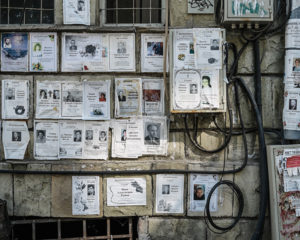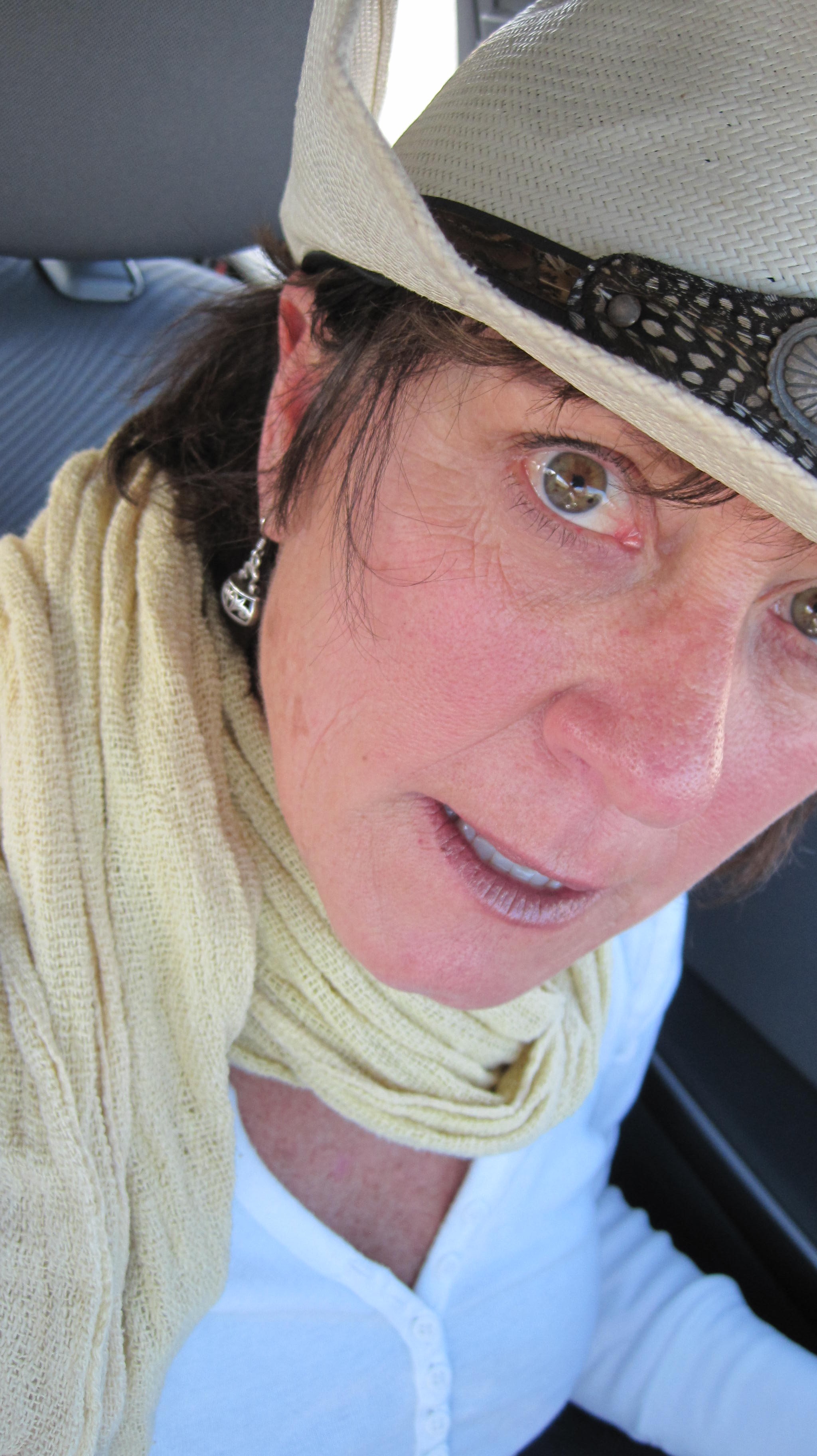 As I approached my apartment building in Sofia, Bulgaria, a few days ago, I saw a necrolog, the Bulgarian version of an obituary, pasted onto a window beside the front door. In the States we read obituaries in newspapers or on websites, but the Bulgarian way to announce a death is to make simple, letter-sized notices and distribute them into public life. Instead of circumspect paragraphs, necrologs use visuals: a small head shot, a birthdate, a death date, a generosity of white space and little more. They are affixed onto doors, clustered on the outsides of buildings, tacked onto trees and gates, displayed on notice boards.
As I approached my apartment building in Sofia, Bulgaria, a few days ago, I saw a necrolog, the Bulgarian version of an obituary, pasted onto a window beside the front door. In the States we read obituaries in newspapers or on websites, but the Bulgarian way to announce a death is to make simple, letter-sized notices and distribute them into public life. Instead of circumspect paragraphs, necrologs use visuals: a small head shot, a birthdate, a death date, a generosity of white space and little more. They are affixed onto doors, clustered on the outsides of buildings, tacked onto trees and gates, displayed on notice boards.
I like walking by the necrologs as I go about my day. About a block away from my apartment, the side of a building is a collage of the departed, glued around windows and electricity boxes, layered over one another. The elements weather them, leach away the ink from the pictures, shred the edges. “Look,” the necrologs say, “look now at the faces that are no longer among us. See how they fade until we shall see them no more, until the freshly departed come to ask for our attention and sympathies.”
Later that same day on Fresh Air, the program rebroadcast a 1987 interview Terry Gross had conducted with Jim Nicholson, an obituary writer for the Philadelphia Daily News. The occasion was Nicholson’s own death.
In the interview, Nicholson called his obituary page unorthodox. He wrote in details—the way someone knew all the words to mushy pop songs, the booties of a grandchild hanging on a rearview mirror, the silky way someone had with the ladies. Nicholson said that he wrote about ordinary people who had lived good lives.
Even though I chose reporting as my pursuit, I remember my deep discomfort as a university student when on the first day of a news reporting class the professor told us to write our own obituaries. At 21 years old, I had not yet begun a conversation with myself about my own mortality. The exercise spooked me, but also spurred me to scour the obituaries to see how they were written.
Obituaries—notices of death—are a curious slice of culture. More often than not, the ones I have read over the years about people who were not famous or infamous have conveyed a soft focus outline in broad, blurry strokes. Most follow the same bland script: devoted this and loving that and survived by so and so. The sameness serves to dishonor the individual ways each had lived their lives but the obit had done its job: a notice of death.
In the late ‘90s, I worked for a summer at the Long Beach Press-Telegram. I was there because I had been selected for a fellowship that places journalism professors into newsrooms to keep their skills sharp. I surfed into the job on a warm tide of nostalgia. The fellowship was porous, and the city editor was amenable to me doing short stints in several departments. I said I wanted to begin in obituaries.
So I took to the phones and interviewed the ones left behind. I bore their grief, let them cry into my ear, heard the wrenching vulnerability that comes from loss. Like Nicholson, I wasn’t interested in the well-known or the particularly well-to-do; I wanted to tell of the lesser-known lives. What were the quirks and the peculiarities? What of the details that separate one of us from the other even as we each reach the same ending?
I struggled to tell their stories, to do right by these strangers whose lives I was parsing. I can’t say that I was successful each time, but I do know that I felt a responsibility to give them something—my alertness and my effort.
I haven’t written an obituary since that summer, but I do read them more often. My friend Julie collects them. She has a file of ordinary people who have lived out loud, people who lived not only the length of their lives but the breadth as well. She says they inspire her to live larger, to remember that this is it, the one go round.
Reading obituaries inspires me as well, but it also reminds me of all the stories we contain. I move among strangers in the grocery store, on the sidewalk, on the bus. I see their faces and wonder who they are, what brought them to this place, whom they are loved by and how they will be remembered. How we all will be remembered.

